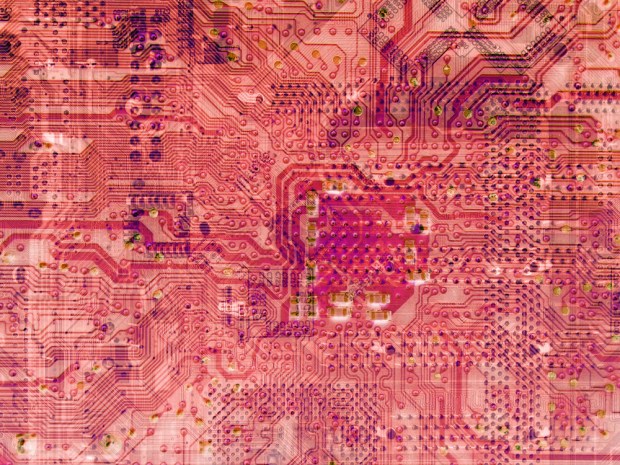OTI Debuts M2M Cashless Payment Gateway GoBox

Israel-based On Track Innovations Ltd., or OTI, just recently announced the release of a new M2M cashless payment gateway designed for unattended payment and vending machine operators.
OTI has a history of innovation in the payment telemetry industry. Founded in 1990 by a group of engineers, OTI began its tenure by developing radio-frequency identification (RFID) technology to transition from contact to contactless smart cards, said Neil Barr, director of marketing at OTI. From there, OTI also innovated by developing NFC contactless technology for Mastercard.
OTI’s install base currently comprises a significant percentage of the U.S. market of connected vending machines, said Barr. In addition to working in the unattended market, OTI also develops fueling management for commercial and industrial fleets and payment solutions for the IoT and wearables industries.
OTI’s newest technology release, called GoBox, comes with enough processing power to stream high-definition media and the ability to run either Linux or Android.
“GoBox provides all the latest functionality machine operators need today in terms of connectivity, secure cashless payments, telemetry and terminal management,” Barr said.
Barr noted that OTI’s GoBox supports the latest FDA and other consumer health organization requirements for displaying product ingredients and nutritional information. Additionally, GoBox has the ability to add new income sources for machine operators — including streaming advertising, location-based promotional campaigns and the ability to sell virtual products and games.
Neil noted that some of these functions are currently available on many modern machines but that the GoBox offers a way to augment the capabilities of older models.
“The GoBox offers a way to retrofit existing machines,” he said. “That can then be leveraged to obtain new revenue streams for machine operators in a significantly more economical way than replacing them entirely. Our existing install base will be the biggest beneficiaries of the new GoBox.”
The greatest challenge in developing GoBox, said Barr, was finding a way to make the product both affordable and able to generate the most value for their customer base.
“We achieved this by creating a modular platform that can be scaled up specifically for our customers’ requirements as they grow,” he said.
GoBox’s processors are customizable and can run either Linux or Android, and its interface can support multiple machine control standards, said Barr. In addition, GoBox’s cellular connectivity capabilities support 2G up to 4G LTE, making the technology suitable for rollout in many regions of the world.
“We developed GoBox in such way that it meets current requirements but will also support future requirements — with an affordable price tag and advanced functionality,” said Barr.
And while OTI works within the payments space, Barr said that OTI maintains a hands-off approach.
“At no point does OTI control the operator’s money,” he noted. “[OTI doesn’t] act as the middleman between the operator, their profits and their banks. We believe this provides the best-in-class value propositions for operators.”
While the release of GoBox is a bit too fresh to gather meaningful usage data, Barr said that OTI currently has several orders lined up from Europe and the Asia Pacific region.
“We anticipate the market potential will include our current customer base,” he said, “vending operators that are seeking to increase their machine revenue streams and machine manufacturers that can leverage the high-end functionality of the GoBox.”
